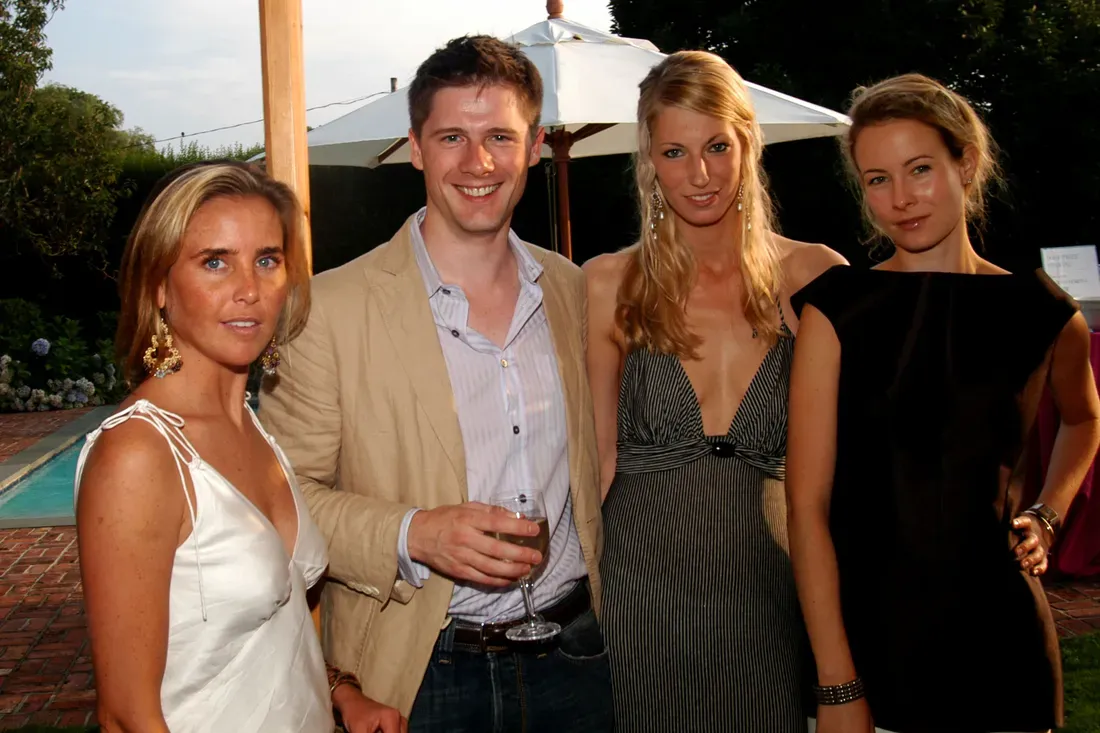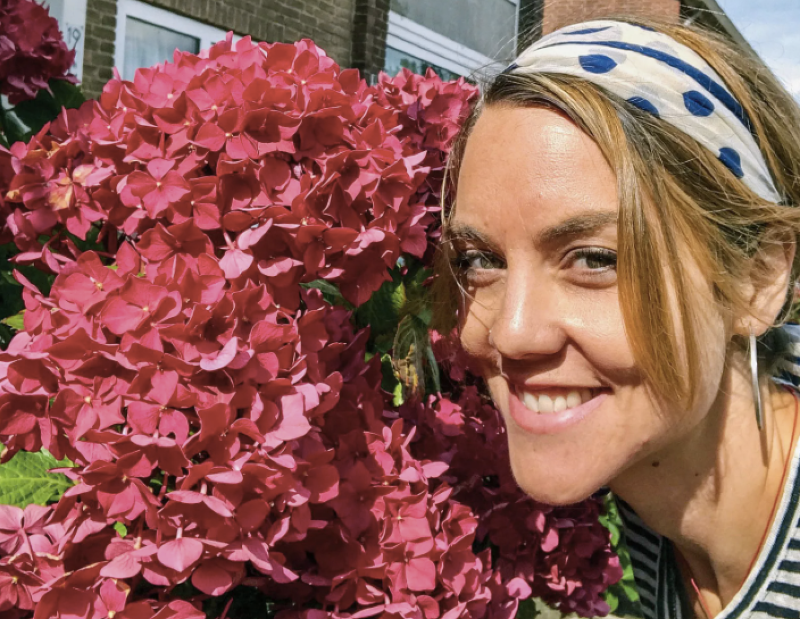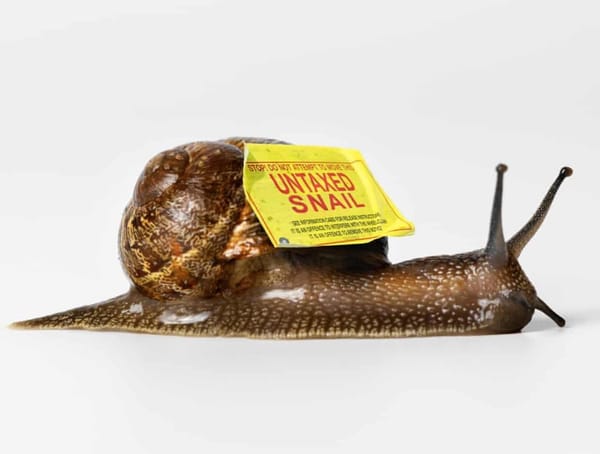Inside the Harvard Business School Ponzi scheme

From New York magazine: "Vlad Artamonov told prospective investors, many of them his former classmates from Harvard Business School, that he’d discovered a hidden way to learn which stocks Warren Buffett was buying early, an edge that would make him a lot of money. It involved, he said, combing through esoteric state financial disclosures and then trading on the information — essentially, a way to obtain insider tips legally. “Have an insane idea,” he told one investor in the fall of 2022. But it seemed plausible coming from Artamonov, who, in addition to his Ivy League credentials, had spent more than five years at Greenlight Capital, the highly regarded hedge fund run by David Einhorn, a self-described admirer of Buffett. He told investors he aimed for returns of as much as 1,000 percent."
Nikola Tesla claimed to have invented a death ray that would end all war

From JSTOR Daily: "Nikola Tesla, the audacious futurist and groundbreaking inventor, is best known for his advances in electricity, circuits, and mechanical design. Fewer people remember that in the 1930s, he announced the invention of a beam so powerful, it could make war obsolete. Tesla’s concept—a concentrated energy beam capable of bringing down aircraft and killing thousands—was not new. In fact, writes Fanning, it was just one of a long line of proposed death rays that took the world by storm during the 1920s and 1930s. Though H.G. Wells wrote about a deadly heat ray in 1898, talk about death rays really heated up after World War I. In July 1934, Tesla announced that he had invented a way to send concentrated particles through the air. The “death beam” would be a defensive weapon that could kill an army of one million in an instant and “make every nation safe against any attack by a would-be invader.”
5,000-year-old relic from the Great Pyramid discovered in a cigar box in Scotland

From CNN: "Late last year, curatorial assistant Abeer Eladany was reviewing items in the University of Aberdeen’s museum collections, when she came across an item that didn’t seem to belong. Eladany, who is originally from Egypt and had spent a decade working at the Egyptian Museum in Cairo, noticed the country’s former flag on an unassuming cigar box. She opened it up to find small pieces of wood inside – and, after cross checking it with museum records, realized she had stumbled upon a lost artifact from the Great Pyramid of Giza, the centerpiece of an enduring archaeological mystery. Only three objects have ever been recovered from inside the Great Pyramid – a trio of items known as the “Dixon Relics,” according to the University of Aberdeen. Two of them are now housed in the British Museum. But the third object, fragments belonging to a much larger piece of cedar wood, had been missing for more than 70 years."
(Editor's note: If you like this newsletter, please share it with someone else. And if you really like it, perhaps you could subscribe, or contribute something via my Patreon. Thanks for being a reader!)
What happened to Hannah Upp?

From the New Yorker: "Hannah Upp had been missing for nearly two weeks when she was seen at the Apple Store in midtown Manhattan. Her friends, most of them her former classmates from Bryn Mawr, had posted a thousand flyers about her disappearance on signposts and at subway stations and bus stops. It was September, 2008, and Hannah, a middle-school teacher at Thurgood Marshall Academy, a public school in Harlem, hadn’t shown up for the first day of school. Her roommate had found her wallet, passport, MetroCard, and cell phone in her purse, on the floor of her bedroom. On September 16th, the twentieth day she’d been missing, the captain of a Staten Island ferry saw a woman’s body bobbing in the water near Robbins Reef. A deckhand lifted her ankles, and the other picked up her shoulders. She took a gasp of air and began crying."
The man with the key to the Coca-Cola secret

From Sporked: "The man who created Coca-Cola, John Pemberton, let only four people know the secret formula to his magical elixir when he was on his deathbed. To this day, there are rumors that only two executives know the formula at any given time and they are not allowed to fly on the same plane. Today, the recipe is kept at the World of Coca-Cola in Atlanta, GA, where it is on display—in a vault. There is, however, a built-in fail safe if the recipe were ever leaked. One of the ingredients in Coca-Cola is the extract of the coca plant leaves. The coca plant not only lends its flavor to Coke, it is also the source of everyone’s favorite disco pick-me-up, cocaine, which is obviously illegal in the United States. There is only one company in the entirety of the U.S. that is allowed to legally import the coca leaves: Stepan’s Company, based in New Jersey. And Stepan’s Company has only one customer, and you can guess who that is."
Why did Italy fall out of love with cilantro?

From Atlas Obscura: "Crack open the fifth-century Roman cookbook Apicius, and you’ll find cilantro included in 18 percent of all recipes. Roman chefs prized both the citrusy seeds and pungent leaves of the plant they called coriandrum for sauces, salads, roasts, and flavored beverages, among other dishes. Compare this with Pellegrino Artusi’s Science in the Kitchen and the Art of Eating Well, published in 1891 and often considered the foundational text of modern Italian cuisine. Coriander leaves are absent from the book’s nearly 800 recipes. There was no lack of coriander in late 19th-century Italy. But at some point, it seems that Italians largely stopped cooking with it. Karima Moyer-Nocchi, a culinary historian at the University of Siena in Italy, says: “I have to drive 45 minutes to a grocery store in another city to find it, or grow it myself.”
The screaming Piha has the loudest call of any bird, about the same volume as a rock concert
The screaming Piha has one of the loudest calls in the wild with a whistle that can hit 116dB, that’s about as loud as a rock concert or sand blasting. pic.twitter.com/E7Lm7CiEnL
— Nature is Amazing ☘️ (@AMAZlNGNATURE) July 8, 2024
Acknowledgements: I find a lot of these links myself, but I also get some from other newsletters that I rely on as "serendipity engines," such as The Morning News from Rosecrans Baldwin and Andrew Womack, Jodi Ettenberg's Curious About Everything, Dan Lewis's Now I Know, Robert Cottrell and Caroline Crampton's The Browser, Clive Thompson's Linkfest, Noah Brier and Colin Nagy's Why Is This Interesting, Maria Popova's The Marginalian, Sheehan Quirke AKA The Cultural Tutor, the Smithsonian magazine, and JSTOR Daily. If you come across something interesting that you think should be included here, please feel free to email me at mathew @ mathewingram dot com



